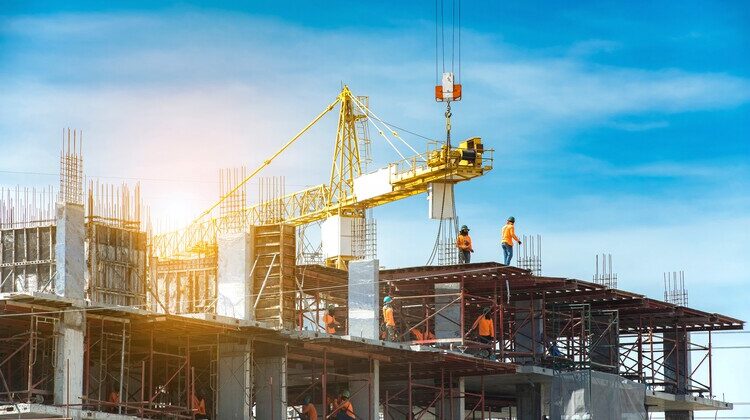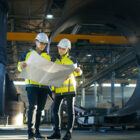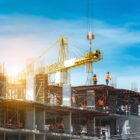In recent years, sustainability has become a crucial consideration in the construction industry. With growing concerns about climate change and environmental impact, the future of construction lies in adopting sustainable practices and embracing innovative technologies. This blog post explores the emerging trends and cutting-edge innovations shaping the future of sustainable construction.
Net-Zero Energy Buildings: Exploring the Concept and Benefits: Net-zero energy buildings are structures that produce as much energy as they consume. This section delves into the concept of net-zero energy buildings, their advantages, and the technologies and design strategies employed to achieve this level of energy efficiency.
Green Materials: Pioneering Sustainable Construction: The use of eco-friendly and recycled building materials is gaining traction in the construction industry. This section highlights various green materials, such as bamboo, recycled steel, and reclaimed wood, and their benefits in terms of reduced carbon footprint and enhanced durability.
Smart Building Automation: Enhancing Energy Efficiency and Occupant Comfort: Integrating smart technologies and automation systems in buildings can significantly optimize energy consumption and enhance occupant comfort. This section explores the role of intelligent sensors, building management systems, and data analytics in creating energy-efficient and sustainable structures.
Circular Economy in Construction: Reducing Waste and Promoting Reuse: The concept of a circular economy focuses on minimizing waste and maximizing resource efficiency. This section discusses how the construction industry can embrace the principles of the circular economy by implementing strategies such as deconstruction, recycling, and upcycling to reduce waste and promote material reuse.
Green Roofing and Vertical Gardens: Harnessing Nature for Sustainable Design: Green roofs and vertical gardens are gaining popularity as they provide numerous benefits, including improved insulation, stormwater management, and enhanced air quality. This section explores the benefits and considerations of incorporating green roofs and vertical gardens into construction projects.
3D Printing in Construction: Revolutionizing the Building Process: 3D printing technology has the potential to revolutionize the construction industry by enabling faster, cost-effective, and sustainable building processes. This section discusses the latest developments in 3D printing, its applications in construction, and the benefits it offers in terms of material efficiency and design flexibility.
Resilient and Disaster-Resistant Construction: Building for the Future: As climate change increases the frequency and intensity of natural disasters, resilient and disaster-resistant construction practices are becoming increasingly important. This section explores resilient design strategies, such as flood-resistant structures and hurricane-resistant building materials, that can mitigate the impact of natural disasters.







